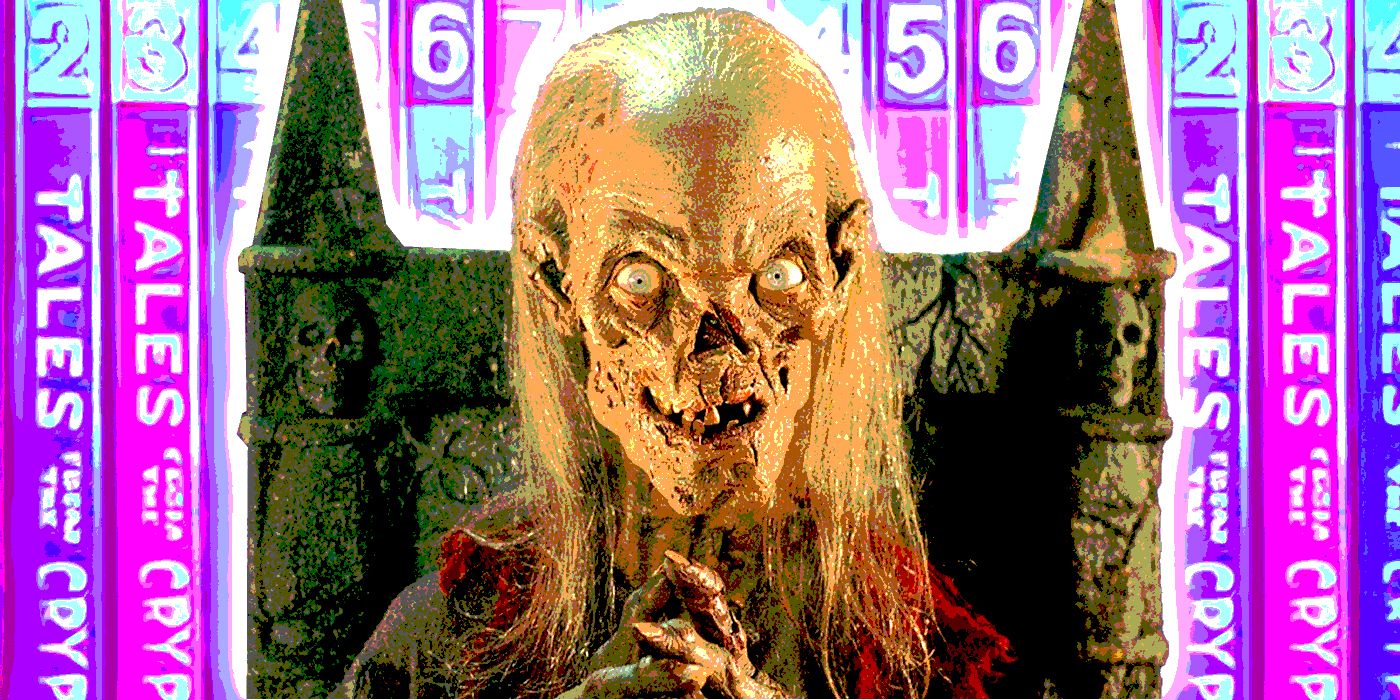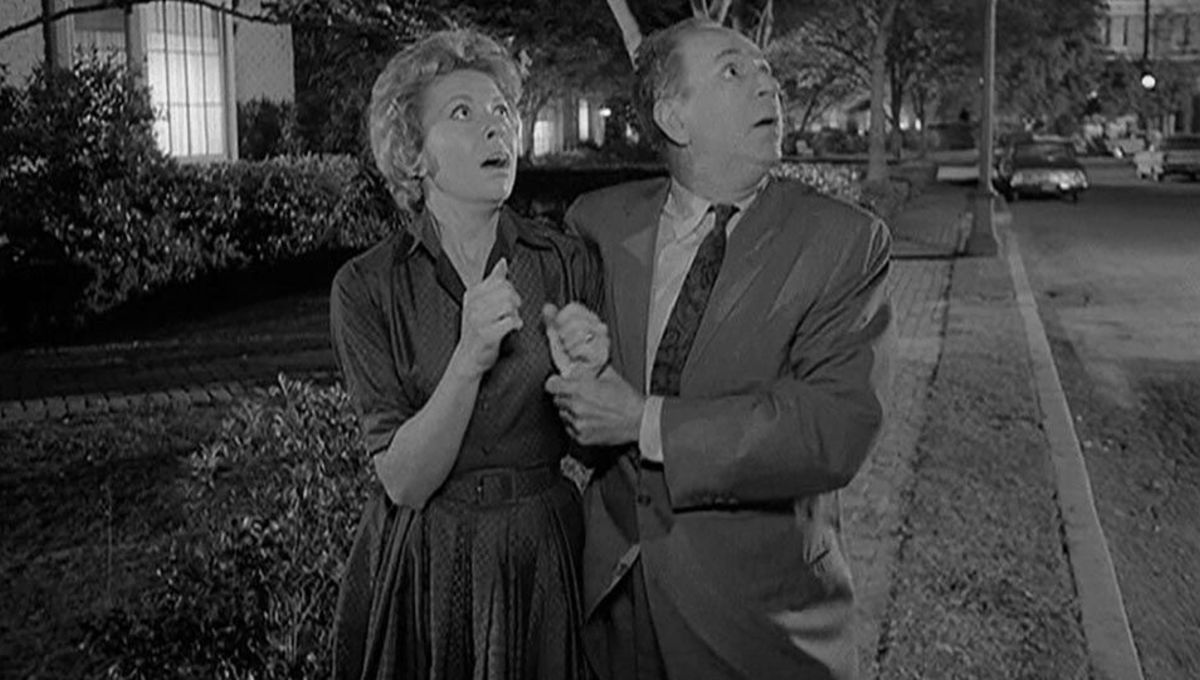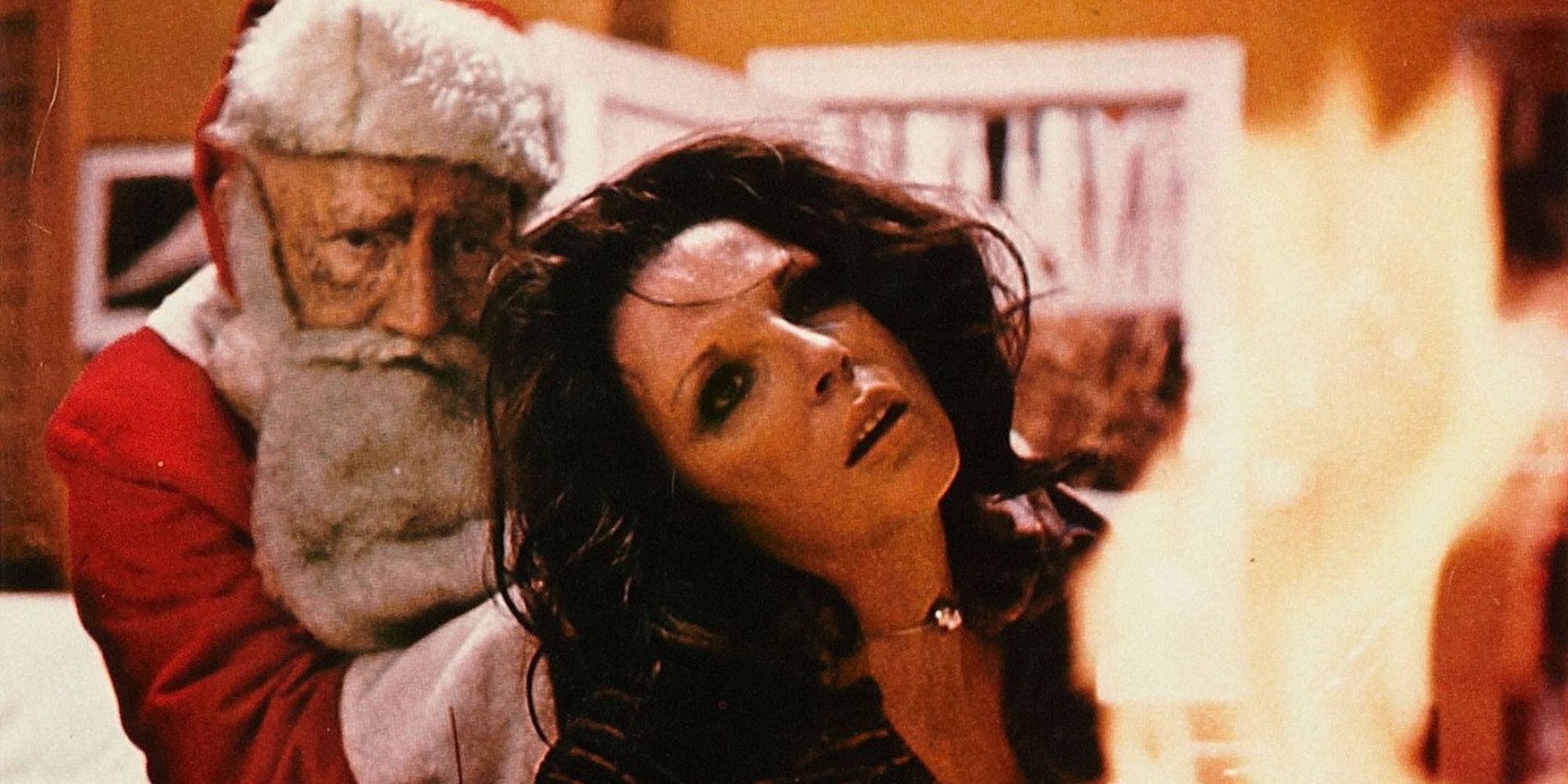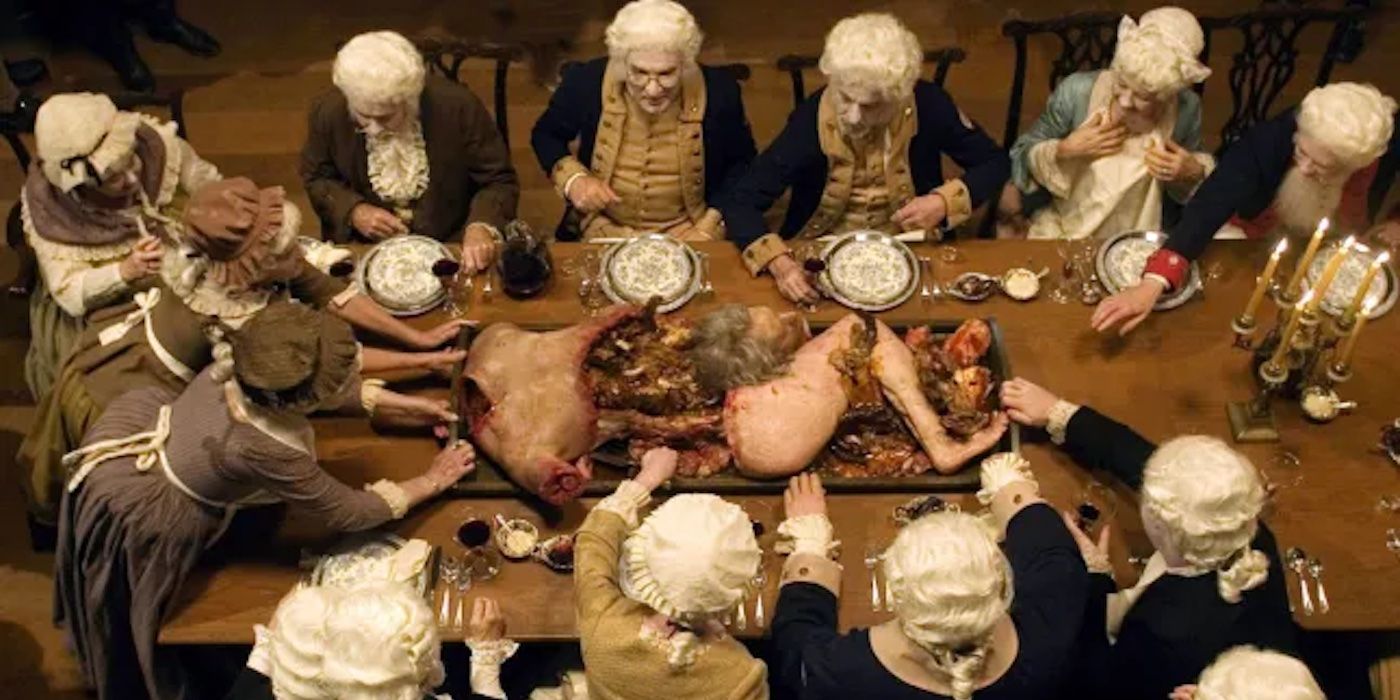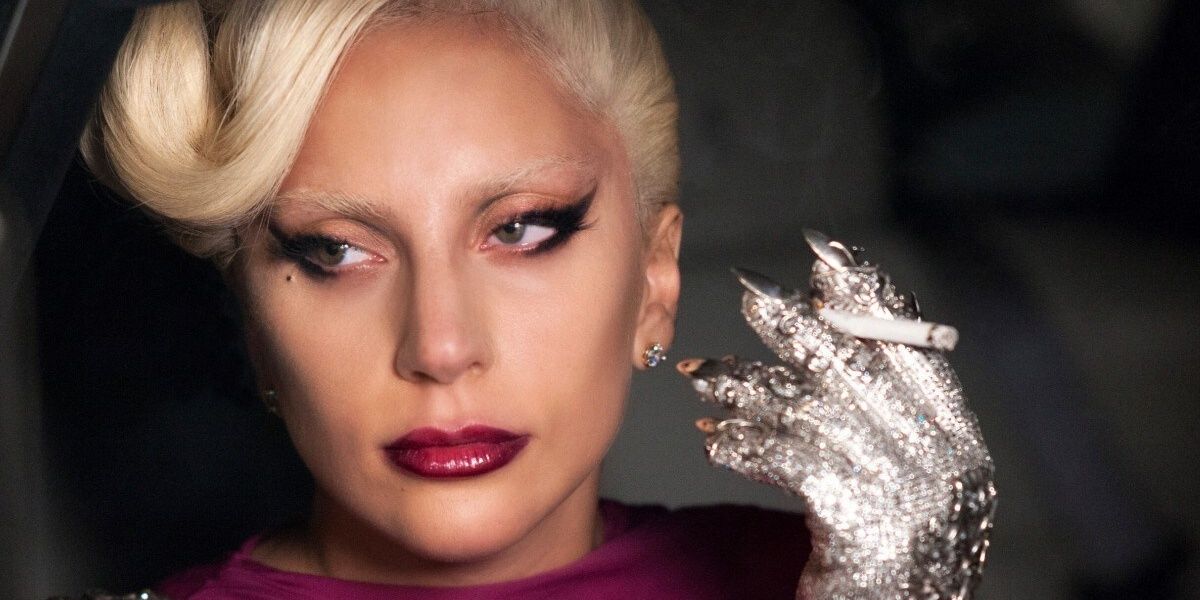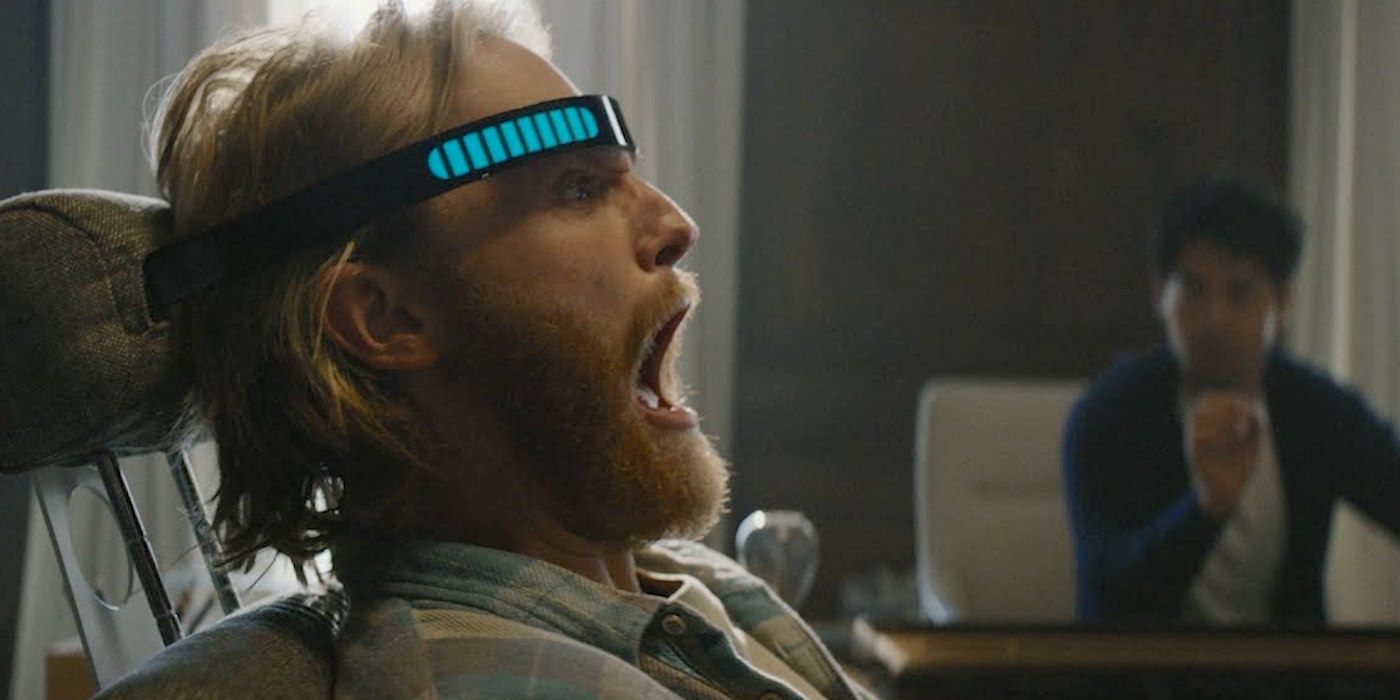The scariest horror film I've ever watched is Lights Out, the Swedish short film from 2013. The amount of all-consuming dread put into about three minutes stuck with me years after I first saw it, and swiftly, I came to the realization that horror is at its best when it's in a concentrated form. When we don't have the time, there are no big explanations, no filler, just the scares, just the big twist that gut-punches you at the end.
This is the bread and butter of horror anthologies. Rather than continuing one, long storyline, we are presented with segments of fresh horror from a slew of different creators. These segments can last as long as a whole season of a television series, or as short as a segment in a feature-length film. Television history is chock-full of horror anthologies, from landmarks of the small screen to hidden gems, and while horror has changed dramatically through the decades, the tradition of inviting artists and artisans to tell their own horror stories as part of a whole is one even older than the moving picture. This is a brief history of the horror anthology show.
1950s - 1970s: There Is Nothing Wrong With Your Television Set
The history of anthological horror as we know it begins not on the screen, but within the pages of Entertaining Comics' many shocking and subversive works of horror and science fiction, which included a series we will get to later, Tales from the Crypt. The series ran from 1950 before its cancelation in 1956 among many conservative protests, but three years later, a show was introduced that was a revolution of TV programming and the standard-bearer of all anthology television that you can see echoes of to this day.
In 1959, legendary writer and producer Rod Serling creates the first stop in the timeline, The Twilight Zone. A masterclass of anthology storytelling and pop surrealism, the series ran on CBS until 1964 and blended both science fiction and horror with commentary on mid-century life. Psychology, morality, communism, politics, and society were all explored using living dolls, psychic children, time travel, and deals with the devil. For good reason, it is still regarded as one of the greatest television shows of all time and would be remade multiple times in future decades, though without the involvement of Serling who passed away in 1975.
The Twilight Zone was not the only show of its kind to exist at this time, and not even the only one with Serling hosting. There was also the more science-fiction-leaning show The Outer Limits that was produced from 1963 to 1965, and Serling returns to television to host Night Gallery from 1970 to 1973, which was far more supernatural than his previous effort. A lot of big names were tied to these shows as well, with Orson Welles hosting his own short-lived show, Orson Welles' Great Mysteries, and legend of cult horror William Castle producing Ghost Story. Alfred Hitchcock preceded all of them with Alfred Hitchcock Presents, and in even the smallest of these shows, you'll see very recognizable names.
The 1980s - 1990s - Viewer Beware, You're In for A Scare
So, by this point, we have the foundations of a horror anthology series: A framing device, such as a host or an opening speech, some surreal morality play with a horrifying twist, roll credits. With these foundations in place by the end of the seventies, the back end of the 20th century was both able to play with it and amp up the blood and guts, especially on new cable channels such as HBO.
This brings us to the next big horror anthology that regularly comes to mind when the subject is brought up and returns us to the pulpy horror comics of old. While pulling many of its stories from the other horror lines by Entertaining Comics like Vault of Horror and The Haunt of Fear, Tales From The Crypt ran from 1989 to 1996, with the iconic Crypt-Keeper as its wisecracking host. It had full freedom from censorship which allowed it to be as explicit as it wanted, and once again had a murderer's row of significant talent behind it, along with three films, and a children's spin-off series, making it a full franchise.
This was far more than a short wave, as horror and cult films became more popular, much of that energy transferred to the small screen. Hammer Film Productions took a stab with both Hammer House of Horrors and Hammer House of Mystery and Suspense, George A. Romero created Tales From The Darkside, and even Freddy Kruger got to host his own with Freddy's Nightmares. The tone had certainly shifted from the more humanist Twilight Zone, with the intention of eliciting fright taking precedence over making a statement about the world.
Speaking of the Twilight Zone, it saw its first revival in 1985. It recreated some original series episodes along with creating its own, however, it lacked consistency from episode to episode, and season to season, and unfortunately is remembered more for the infamous movie that preceded it in 1983, and the real-life horror story of its production. But even here there are similarly big names on and off-screen such as Harlan Ellison and Wes Craven.
As the 1990s rolled around, with the growth in popularity of children's programming channels such as Nickelodeon also came horror anthology shows marketed toward a much younger audience. There were Tales From The Crypt-Keeper, spun off from the more adult show, Goosebumps, of course, was a smash based on the wildly popular series of novellas by R.L Stine, and you had the Midnight Society of Are You Afraid of the Dark? with the framing device of kids telling each other scary stories. Of course, there was some effort to teach the kids some lessons in these stories, which in a way, brought them closer to the roots of the genre.
The 2000s
The 2000s had more straight horror shows than anthologies, with many of the ones that did pop up ending after a year. The real stand out of this period, however, was the 2005-2007 Masters of Horror. When they said Masters, they meant it. 26 episodes each directed by true legends of the genre from all over the world, including Stuart Gordon, Takashi Miike, Dario Argento, John Carpenter, and many, many more all created effectively horror short films with incredible production value. This is also where we saw the second, and shortest revival of the Twilight Zone, Fear Itself, which was a spin-off of Masters of Horror, and Nightmares and Dreamscapes: From The Stories of Stephen King, which is self-explanatory.
The 2010s
However, during the 2010s, the horror anthology came back in full force, with a slight change in format. Rather than fully episodic shows, stories would be told in entire, self-contained seasons before radically changing in the following season. As I describe this you're likely thinking immediately of Ryan Murphy's American Horror Story, which has been running since 2011 and has become something of a phenomenon. It is, of course, not the only one. The Terror was a historical horror anthology, with the first season based on a real doomed arctic expedition, and the second set in a Japanese internment camp. Channel Zero had adaptations of famous internet creepypastas such as Candle Cove. It was a mix of both episodic and continuous, allowing for both long-form storytelling but only loose connections from season to season. However, American Horror Story at times set multiple seasons in the same universe.
In the meantime, the internet has become home to many short-form horror storytellers, most notably with Rocketjump's Dimension 404, and Crypt TV's canon of horror shorts and their own rogue's gallery of monsters. Working within the limitations of time and money, many online creators have to create incredibly effective anthologies of their own.
Now and Beyond
This brings us to now. Since then there has been a third revival of the Twilight Zone, produced and hosted by new master of horror Jordan Peele, and we are back to the regular format of anthology horror with many upcoming and current shows, such as Into the Dark, Creepshow, Lore, and The Midnight Club. The biggest one of this era, or at least the first that comes to mind for many, is Black Mirror. Returning to the science fiction morality tales of The Twilight Zone, Charlie Brooker's anthology is a dystopian look at people's relationship with technology, and the new monsters that can come from it. And of course, last of all in our trip is the upcoming Netflix series Guillermo Del Toro's Cabinet of Curiosities, coming later this month, and an upcoming animated anthology from legend of manga Junji Ito. Lots to get excited about for the future of the form.
The anthology horror, whether in the pages of a book or comic, or on the small or large screen, have been a staple of the genre for centuries. This is for a good reason, as in horror, sometimes it's best to simply cut the filler. When you give yourself as little time as possible, the possibilities to frighten expand tenfold. Whether long-running and well-known, or obscure and canceled too soon, and many the writer has missed in this essay alone, television history is full of great horror anthologies which allow different creators to take center stage. With new and more diverse voices in horror, so many more stories are ready to be told.

